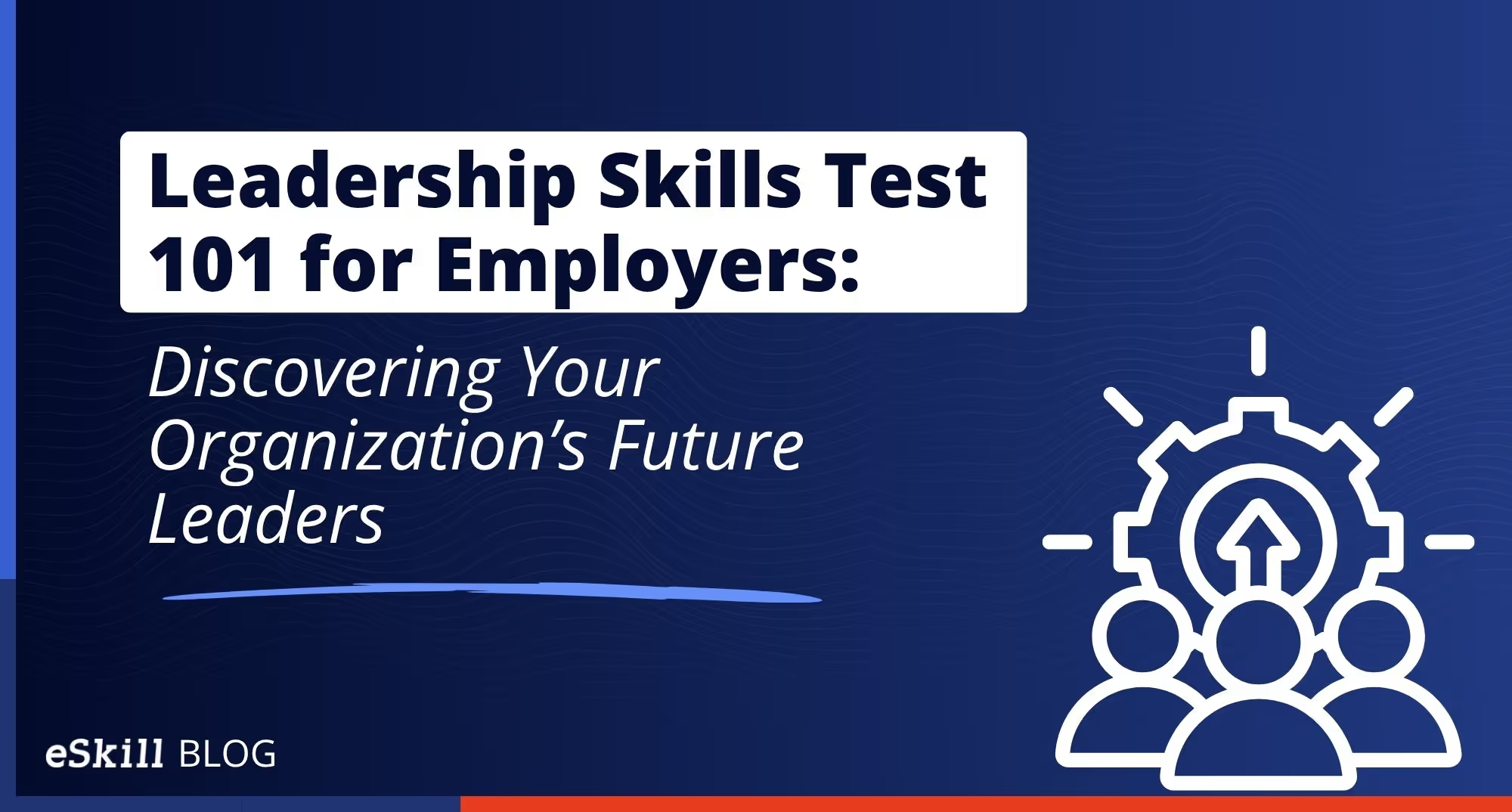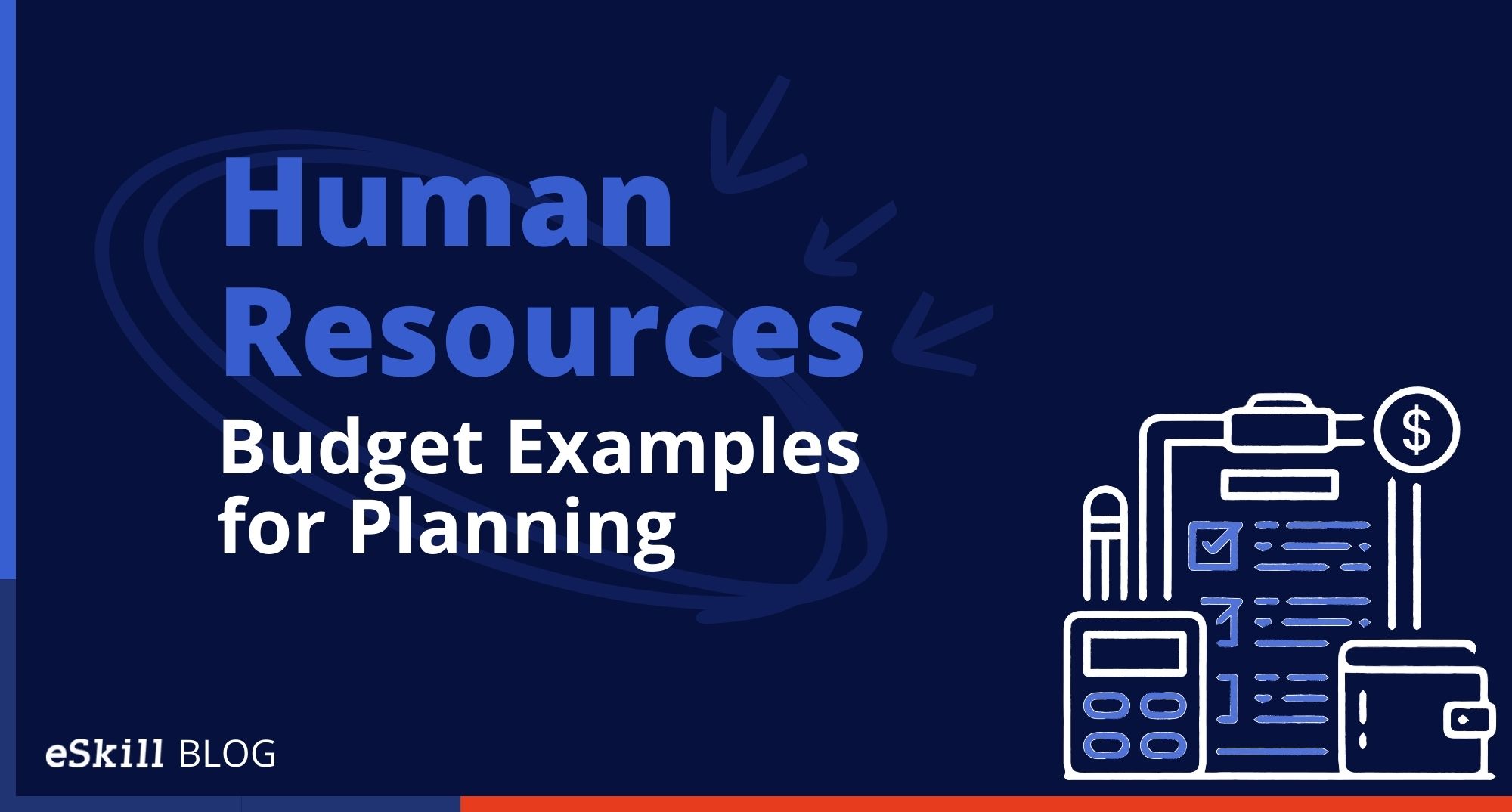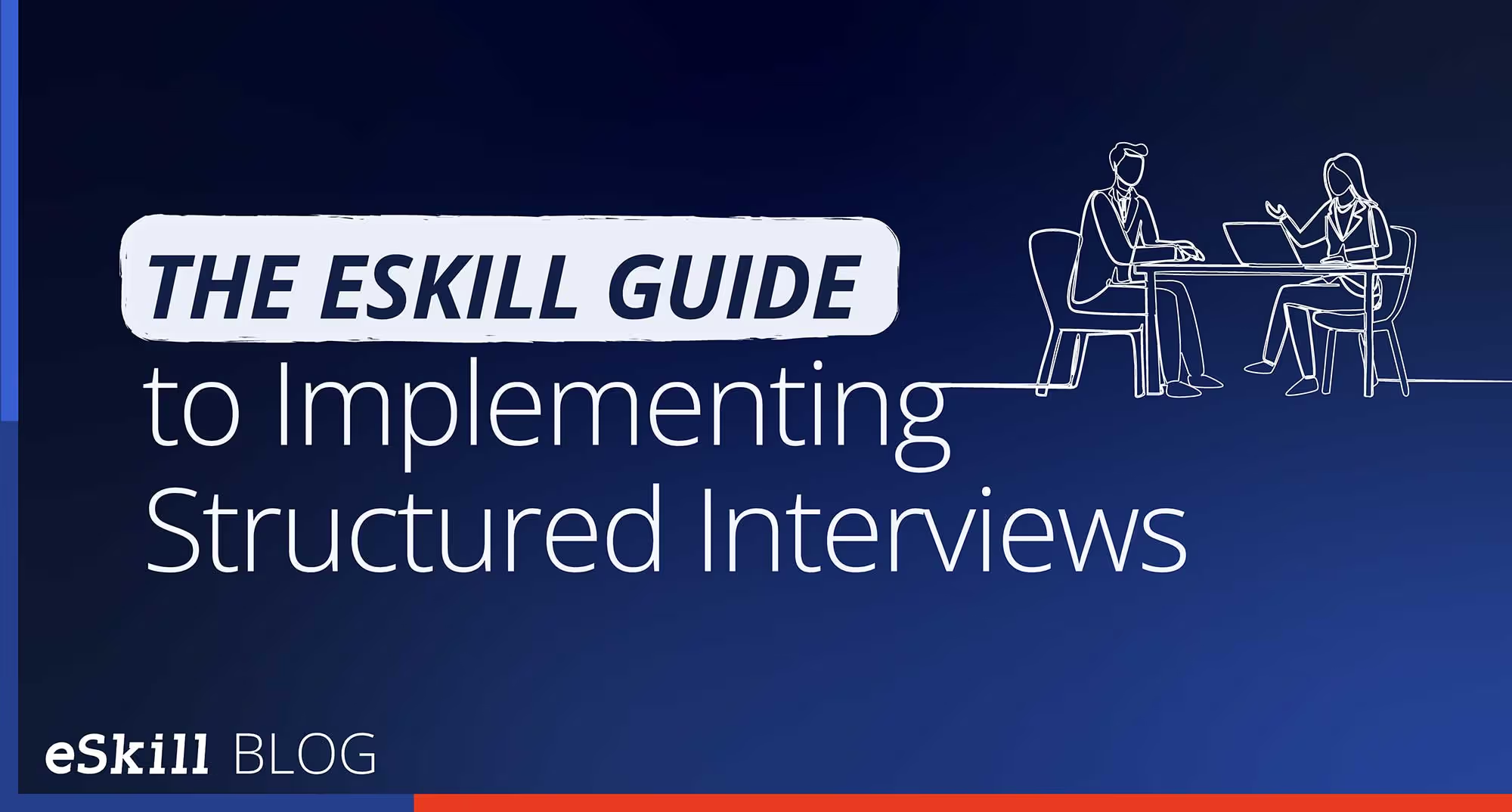As HR professionals, we are tasked with making sure that employees are happy and motivated at work, that they have their needs met, and that they understand their value to the company’s mission and goals. Sometimes our role is to act as mediators and step in when problems or issues arise between employees or between an employee and the employer. This role is never easy, as we have to handle situations that are difficult and sometimes emotional.
Our job is even harder when we have to deal with intangible problems—issues that are more difficult to pinpoint and address. For instance, if an issue arises between two employees, the way to handle the situation is to speak with both parties and get to the root of the issue. On the other hand, if the problem is less tangible, like an employee who simply has a bad attitude, it becomes a little trickier to handle.
A person exhibiting a bad attitude usually exhibits bad behaviors as well, like constantly being late to work or refusing assignments. In other cases, an employee with a bad attitude might still be a good performer, getting to work on time and causing no specific problems. However, someone with a bad attitude can negatively affect the other employees, lowering morale and spreading negative energy, so it should be addressed either way. Doing so has to be done delicately and professionally.
Here are some tips on how to handle an employee with a bad attitude.
- Know the difference between a bad attitude and bad behavior. A bad attitude is by definition subjective. What to one person may seem like a bad attitude, to others might not even be noticeable. It’s also difficult to pinpoint a bad attitude; in and of itself, this is not enough cause to take disciplinary action. However, more often than not, the bad attitude leads to bad behaviors, which are easy to identify. An employee’s attitude alone may seem negative, but it’s important to look for the behaviors that are stemming from that attitude, like ignoring deadlines or responding rudely to clients.
- Document any bad behavior. Once the bad behaviors have been identified, it’s important to document them. Encourage the employee’s manager to keep a record of specific instances when the employee’s bad attitude has directly affected his work. Ask them to include as much information as possible and any supporting information, as well as the names of any other employees who were affected or witnessed the bad behavior. Once the manager presents the documentation, share it with other HR managers in your department, who can act as unbiased parties to help determine whether action is warranted.
- Meet in person with the employee. Set up a meeting with the employee, his manager, and another unbiased party (like another HR manager) if necessary. An uninvolved party can help defuse the situation, and his presence as a witness can help prevent any possible claims of discrimination or harassment by the employee. Approach the meeting as an opportunity to discuss the employee’s behavior from the standpoint that he wants to improve and change. Try to be impartial and get to the root of the problem, encouraging the employee to speak freely, and find ways to remedy his behavior.
- Develop a plan for change. After the meeting, make sure the employee leaves knowing that you and his manager are eager to help him improve his attitude and behavior. Work out a plan with both him and his manager that includes areas where he can improve and some steps to take. For instance, if the bad behavior is missing his deadlines, then work out a plan that allows him to turn in parts of the assignment at different times, or set up reminders from his manager. If after meeting and developing a plan, the employee is still exhibiting a bad attitude that negatively affects his work, it may be necessary to take disciplinary action, such as a probationary period.
- Never just tell them they have a bad attitude. An important thing to remember is never to just tell the employee he has a bad attitude. Confronting an employee about his attitude is too subjective, might make the situation worse, and (in a worst-case scenario) can even lead to a wrongful termination lawsuit against your company. If an employee has a bad attitude but it’s not affecting his work directly—maybe it’s just upsetting his coworkers or lowering morale—try having a private conversation to get at the root of the problem. There could be any number of reasons for his bad attitude toward work, both personal and professional, and some may be resolved through conversation.
Dealing with employees’ issues is never easy, especially when they’re as intangible and subjective as a bad attitude. Have you ever dealt with someone with a bad attitude? What steps did you take?

Get ademo.






